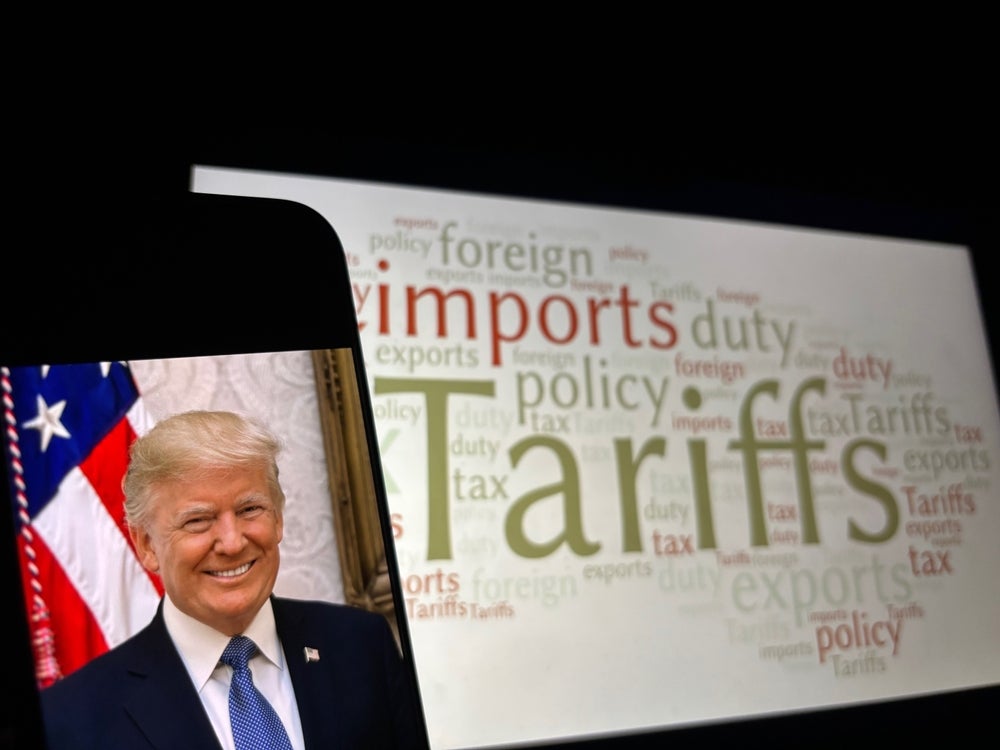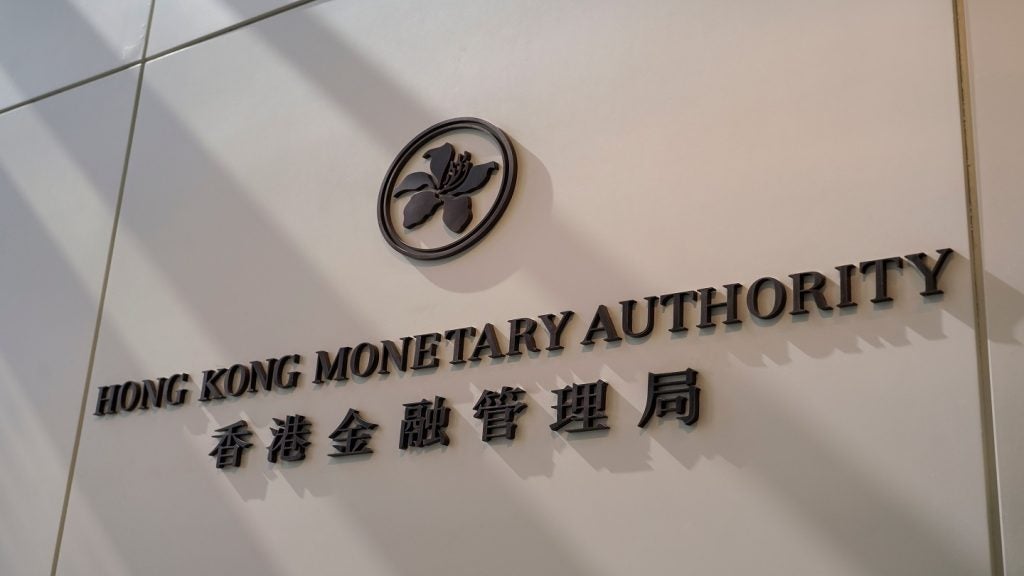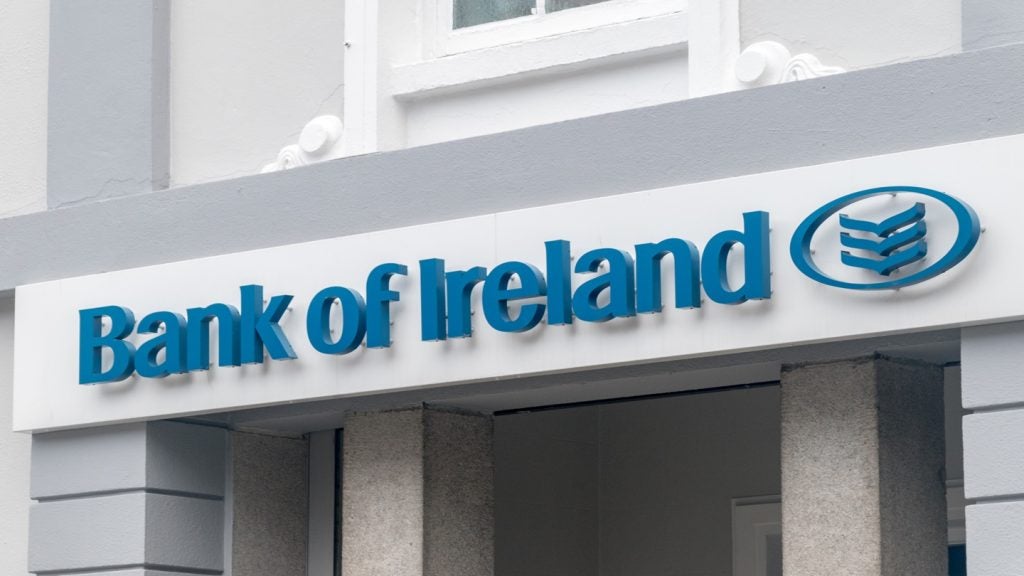Despite the 90-day pause on tariffs for over 75 countries that President Trump abruptly announced on April 10, the measures will still impact nearly every business sector. For the payments industry, the global tariffs could create both positive effects and new opportunities, though these developments come alongside broader economic disruptions. Key areas poised to benefit include cross-border payment solutions, alternative payment methods, and AI-powered platforms that calculate real-time tariff costs positioning the sector to adapt and potentially grow in response to the evolving trade landscape.
New growth opportunities for providers specialising in global trade solutions
The global tariffs disrupt traditional supply chains and will lead businesses to diversify suppliers and navigate complex trade barriers. This drives demand for fintech and cross-border payment platforms that streamline international transactions, currency conversions, and compliance with evolving tariff structures, creating growth opportunities for payment providers specialising in global trade solutions.
Global e-commerce will see a decline as the tariff raises import costs which will then shift consumers to domestic online marketplaces, boosting transaction volumes for US payment processors, though a US recession may dent any short-term increase. Closing the de minimis loophole (previously allowing duty-free imports under $800) could further drive shoppers to local platforms, benefiting providers like Shopify or Stripe that support small businesses through streamlined e-commerce and alternative payment solutions, capitalising on the demand for cost-effective domestic retail channels amid trade policy shifts.
Businesses around the world that rely on trading with the US will try to find ways that they can minimise the cost from the tariff while still maintaining their regular business operations, raising demand for financial analytics and compliance tools.
Businesses will require real-time tariff cost calculations, supply chain adjustments, and duty optimisation, driving adoption of platforms that integrates artificial intelligence, machine learning, and big data analytics to help make real-time, data-driven decisions. Additionally, cryptocurrency and blockchain-based payments may rise as firms seek alternatives to traditional banking amid trade volatility, positioning payment innovators to capitalise on evolving global trade needs. All of these represent a potential revenue opportunity for payment processors, merchant acquirers and payment gateways, amid all of the declines from lower trade volumes.








